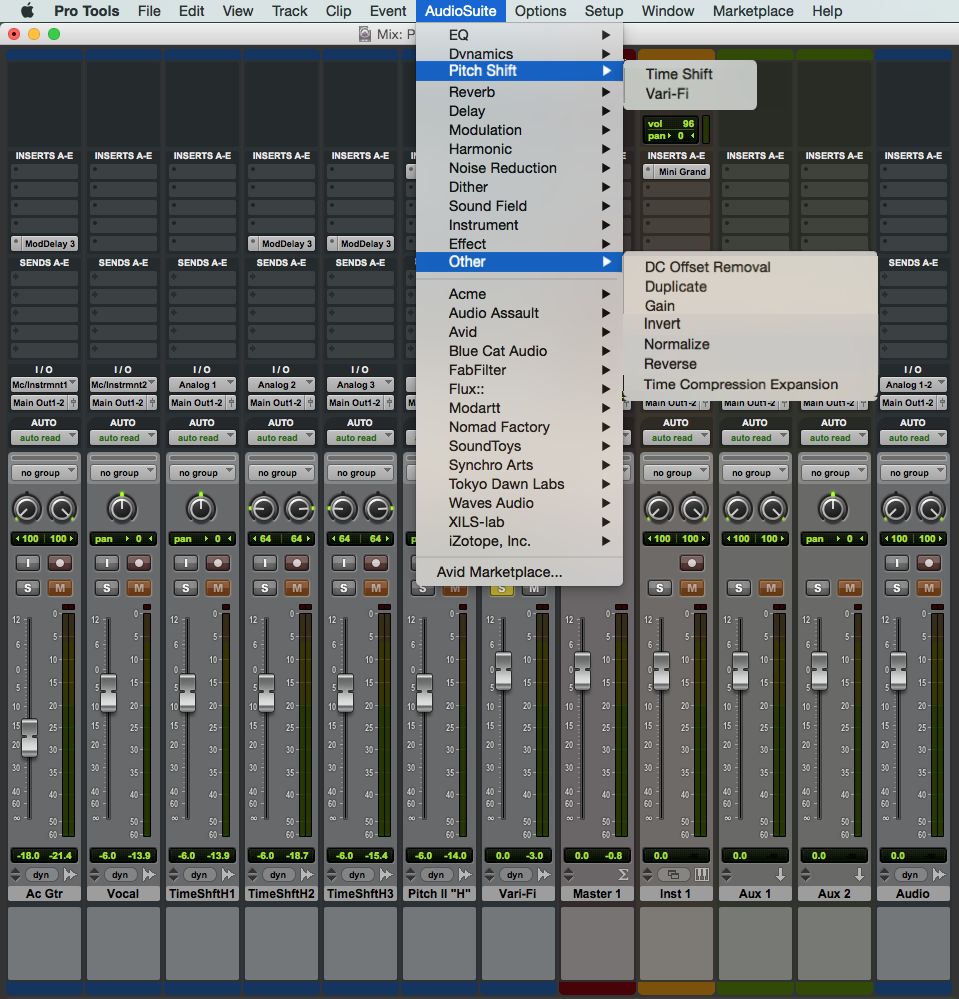

While the Pro-Q 3 is filled to the brim with useful capabilities, some of my favorite and most used features include: The Pro-Q 3 really does everything you would hope a “digital” style equalizer can do. This plugin isn’t something I reach for when I’m looking to add coloration or character to my tracks, it’s more for precise “fixing” of unwanted resonances or harshness, and occasionally to add a subtle boost wherever needed. Once you’re somewhat happy with how your mix is sounding, insert it (post any compression) and boost using the low and high shelves (perhaps at 100 Hz and 16 kHz) to add a “smiley face” curve to your entire track.įor more surgical work, and when you need more modern features, I can’t think of any equalizer more effective than the FabFilter Pro-Q 3. If I had to pick one characteristic to focus on though, it’d have to be how it “opens up” the entire mix when placed on the stereo buss. It’s hard to decide what advice to leave you with here, because the Massive Passive is so musical-sounding and therefore useful for so many applications. In the center of the Massive Passive, you can add or subtract gain, link or unlink the two channels and apply low-pass or high-pass filters. You are also able to adjust the bandwidth for each band and of course control how much to boost or attenuate. The lowest band ranges from 22 Hz to 1 kHz, band two from 82 Hz to 3.9 kHz, band three from 220 Hz to 10 kHz, and the highest band from 560 Hz to 27 kHz (well above any non-mutant human’s range of hearing, but still great for adding air to program material). Each of the bands allow you to choose the frequency in steps. Each band has controls towards the top that allow you to either boost or cut and choose between shelf or bell. It’s a two channel, four-band equalizer, so the left and right halves of the plugin are exactly the same. The faceplate may look intimidating, but don’t let that deter you from learning this plugin.

Don’t get me wrong, I certainly wouldn’t turn down a hardware Massive Passive if offered one, but it’s fantastic to be able to use multiple instances of this plugin in a singular session. Universal Audio painstakingly modeled the hardware, and the result is a plugin with the same functionality and even more features - all at a fraction of the price. It’s known for its versatility, degree of control and of course, its unparalleled sound quality. The behemoth tube-based hardware unit is a staple in studios the world over. EveAnna and the amazing team at Manley Labs certainly wouldn’t have signed off on this plugin otherwise. Modeled after (arguably) the greatest equalizer ever created, the Universal Audio Manley Massive Passive does it all, and does it well. Here are some of my favorite equalizer plugins that I use when mixing. You’d be hard pressed to find a popular recording over the past 60 years that didn’t use an equalizer at some stage of production. The history of audio equalization is an interesting one: beginning with incorporation into telephone technology then becoming viable for use in sound for cinema, equalizers eventually made their way into broadcast and music recording. They are essential tools for bringing the best out of each and every element of a mix. Equalizers have long been one of the most important processors for audio engineers.


 0 kommentar(er)
0 kommentar(er)
